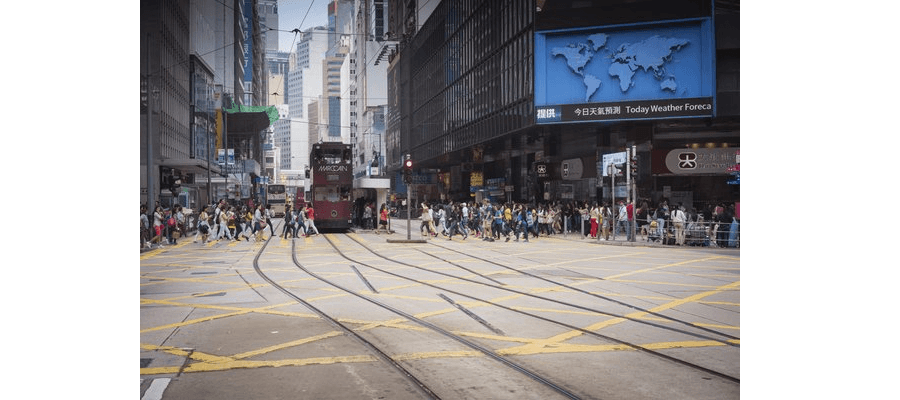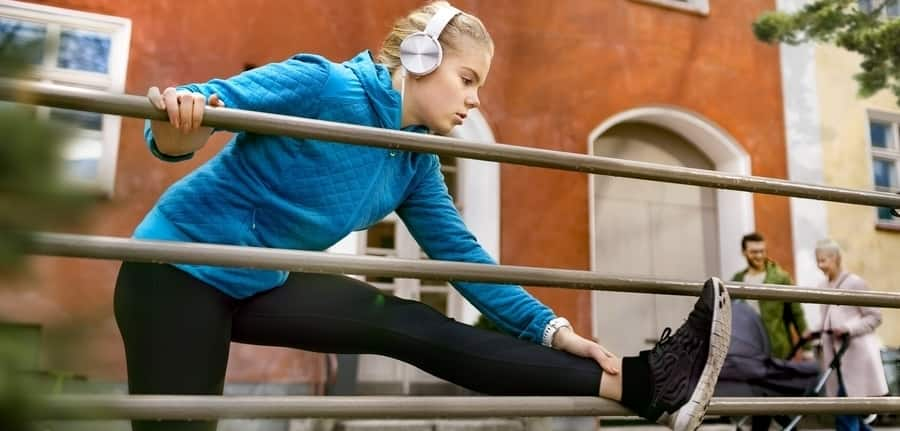Are you interested in KONE as a corporate business or a career opportunity?
Corporate siteText: David J. Cord
Technological advancements are allowing the creation of smart homes, but “smart” doesn’t necessarily mean “useful”. It seems that people don’t just want smart homes; they want wise homes – homes which can collect, analyze and use data in ways that are appropriate for and chosen by the people who live there.
Buildings are increasingly acquiring “brains,” the ability to measure the environment and respond to commands. This allows them to program lights to turn on when they enter a room or call an elevator when they leave their apartment. But the developing trend for smart homes is for them to have a “heart”, as well as the ability to sympathize and be personal for each individual. Now that the sensor and communications technology are maturing the next great leap will come with artificial intelligence and machine learning.
Homes will be adaptive, learn our habits and anticipate our needs. Homes will understand and be able to provide for us if we want more light in the winter, our first cup of coffee to be waiting for us at 7am, or even if we are running late and need to get to the ground floor quickly. It adapts to our aging population, such as subtly increasing warmth in our flat, giving us larger fonts on our screens, or holding the elevator door open just a bit longer.
The transformative power of urbanization

The fact that urbanization is continuing around the world is nothing new. People want to live in cities for the jobs, services, social networks and experiences they provide. Yet urbanization is also transforming due to changing demographics: people form families later and live alone longer. Global trends like these have an impact on the needs of future living.
Dense urban living means that buildings are growing taller and apartments are becoming smaller. Affordability is also an issue, which has created needs for tiny micro flats and co-ownership schemes. Changing economics and demographics has made flexibility more important. Old industrial buildings need to be converted into flats. The aging population has additional wants and needs.
This applies to practical architecture, such as for mobility and accessibility, but it also applies to new service concepts, specially designed for aging consumers. As urbanization both increases and transforms, it becomes even more critical to move people safely, efficiently and comfortably inside urban environments.
Prioritizing health and well-being

There is a decisive shift occurring through much of the world. Once people have reached a certain level of material comfort they begin to prioritize other things, like health, comfort and security. People expect their homes and living environments to contribute to their well-being, and not just be a place to sleep when they aren’t working.
The concept of home is transforming and expanding, from our apartments to buildings, from neighborhoods to cities. The boundary between home and work is also blurring. We see millennials being happy to work from the beds in their apartments or sleep on futons in their offices. In some cases, we even have the digital nomad, who works remotely and calls home a state of mind. Buildings must increasingly take wellbeing into consideration, such as the amount of light an apartment receives and access to gardens and community areas.
A related development is the rise in service apartments, fully furnished suites where people can buy different sets of lifestyle services attached to the apartment. These services can be access to a gym, food delivery, housekeeping or laundry, for example. Mobility is also increasingly important for our wellbeing, as anyone stuck in a traffic jam knows. Apartment blocks have space to store bikes and wide doors so you can easily bring them inside. Also riding an elevator will be a more enriching experience: the lights, sounds and sensations all have our wellbeing in mind.

